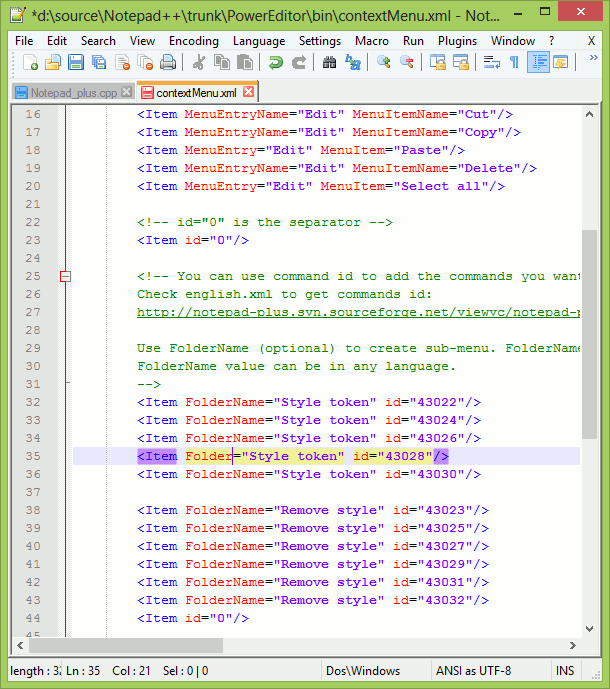
You’re all set! Try the keystroke you just created to make sure everything works.

You’ll be taken back to the previous window, at which point you can either hit “Run” to test the command now, or hit “Cancel” to test it later with the keystroke you assigned it. For example, you can choose ‘F6’ to be the key that runs the command from the previous window. Choose any modifier key that you want to be part of the keystroke, and then select from the drop-down list to assign a hotkey. Call the command name anything you like, preferably something relevant like “Run in Python,” as seen in the image.Ģ.

Let’s briefly look over the components of the command above: You could just click “Run” at this point, but we anticipate we’re probably going to be using this command many times in the process of creating our python files, so we will save it to a shortcut instead. Copy and paste the following command into the field:Ĭmd /K D:\Python26\python.exe -i -c “execfile(‘$(FULL_CURRENT_PATH)’)”Ģ. NOTE 2: This article is directed toward Windows users.įrom the Run menu on the menu bar in Notepad++ click “Run…”ġ. NOTE: This article is designed to complement the Python: The Basics course offered by IT Training at IU, but serves as an independent resource as well. This article demonstrates how to set up Notepad++ to load and run your python document into the python interpreter with the flick of a custom keystroke. While there is nothing wrong with writing and executing python code in IDLE, python’s bundled integrated development environment, sometimes you might prefer to write in a more standard editor.


 0 kommentar(er)
0 kommentar(er)
